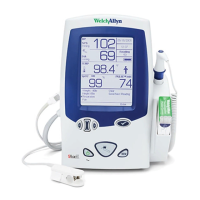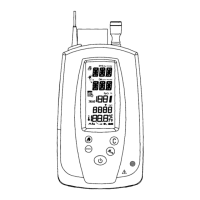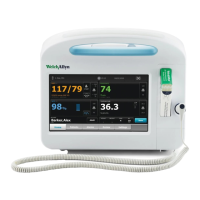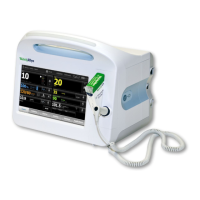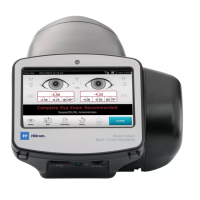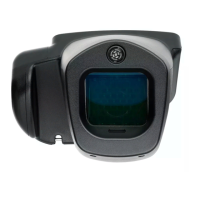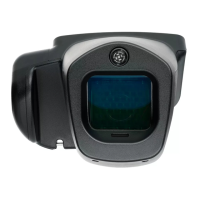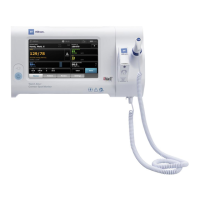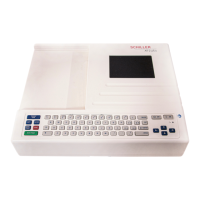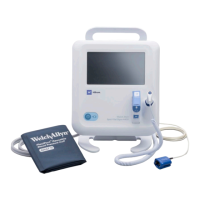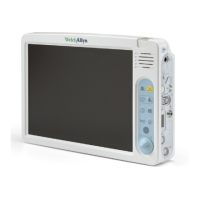52 Technical overview Welch Allyn Spot Vital Signs
Mod B NIBP power
The main board contains the circuitry required for blood pressure measurement. The main
CPU controls the battery power to this module through a +5V linear regulator (U6). In the
event of a critical blood pressure module error, the main CPU disconnects power from the
ModB module through the BPEN signal at Q11. A separate +5V linear regulator (U1)
powers the ModB analog circuitry to keep digital signal noise separated from the analog
components.
Thermometer power
A combination of the main CPU +5V and the ModB +5V supply the SureTemp
thermometer circuitry. If the main CPU disconnects power from the ModB blood pressure
circuitry then the SureTemp circuitry is also disabled.
SpO
2
power
The battery supplies power to the SpO
2
through a +5V linear regualtor (U322). If there is
no SpO
2
module connected to the Spot Vital Signs main board the SpO2 power supply is
disconnected.
LCD power
The main CPU supplies power to the LCD module through the J307 connector, and the
FET Q312 and comparator U324A control the backlight. This comparator and FET create a
pulse width modulated signal that allows the backlight to maintain constant brightness
during changing battery voltages. The white backlight LEDs are connected in series inside
the LCD module. This configuration causes some LEDs to look brighter or dimmer than
adjacent LEDs. This is normal and expected.
Communications
A Spot Vital Signs and computer can communicate through the IR or service
communication ports. IR communication is the default mode and works as a standard
serial port (9600 baud, 8 data bits, no parity, 1 stop bit, no flow control) when used with
Welch Allyn 716948 communications kit. The hard-wired service port is positioned behind
the battery. Connect the port as described in the interconnect diagram. The hard-wired
port is intended for service use only. Never use the hard-wire communications port while
the device is connected to a patient because it has no patient isolation protection.

